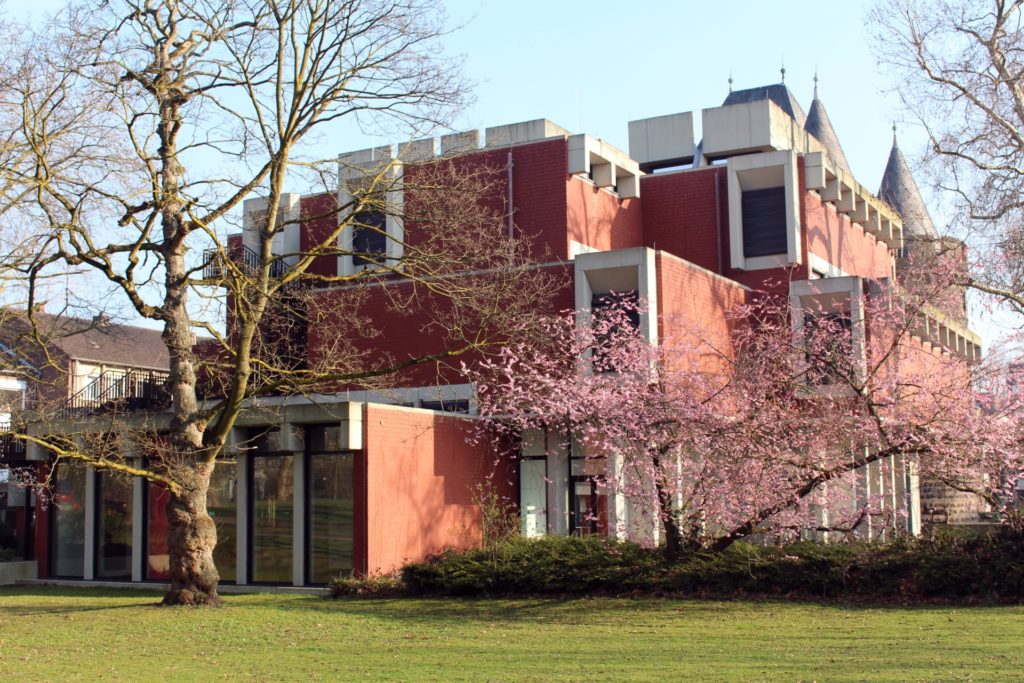
A competition for the museum was held in 1963, after which the location was changed. The winning competitor Deilmann changed the plans accordingly in 1965, however it took until 1972 to get the approval for a state grant. Construction started in 1973, 1…
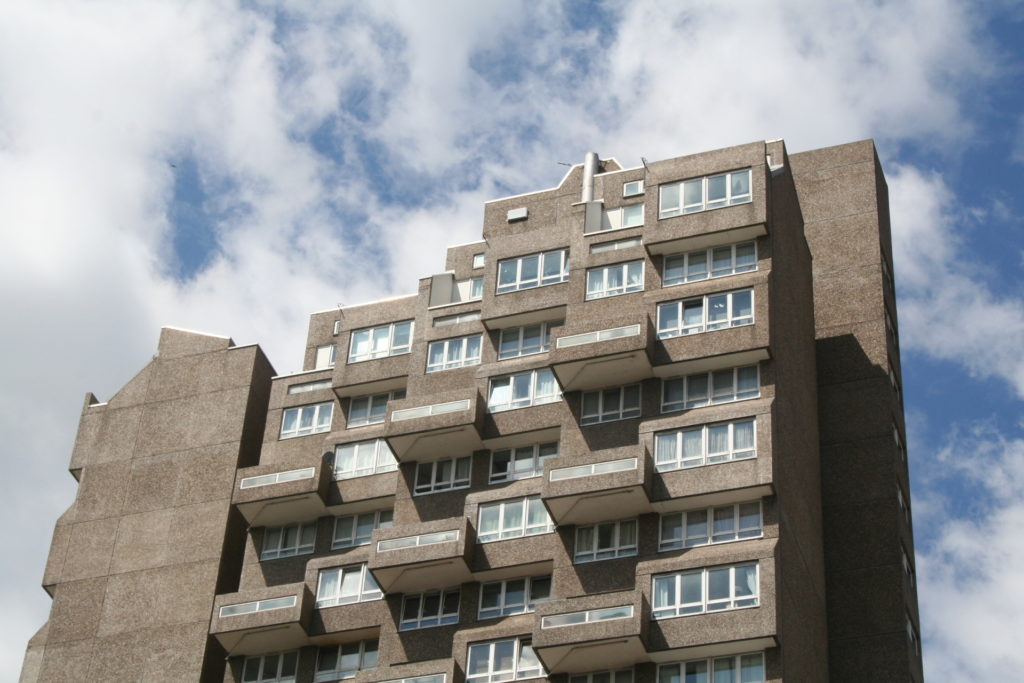
Using the prefab Wates concrete panel system, a total amount of eight very similar high rises have been built on four sites in London.
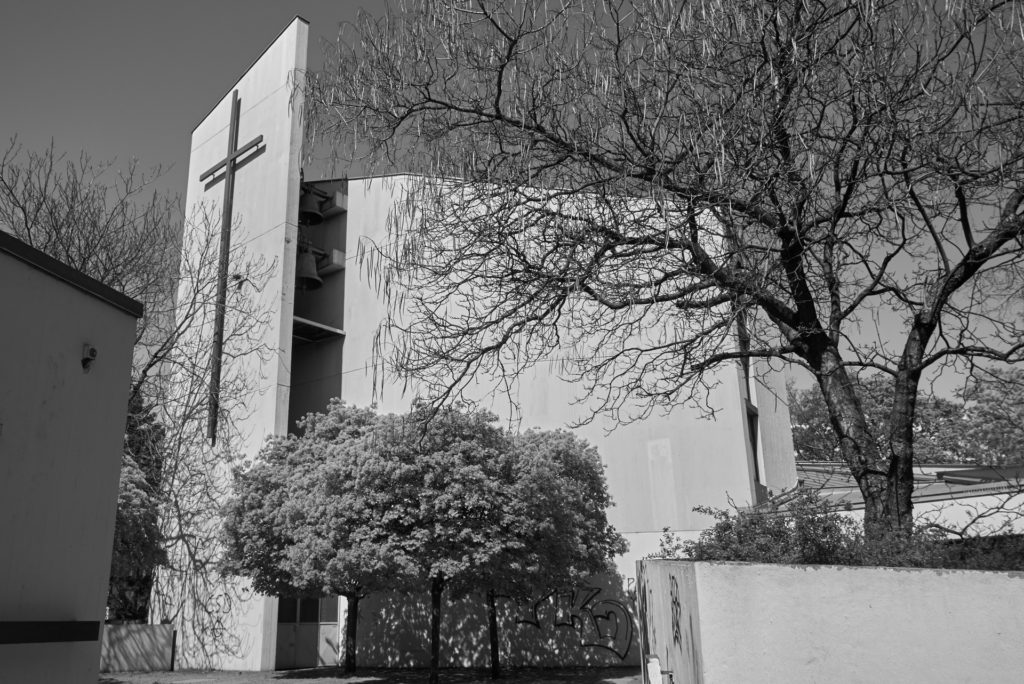
No description yet: Can you help?
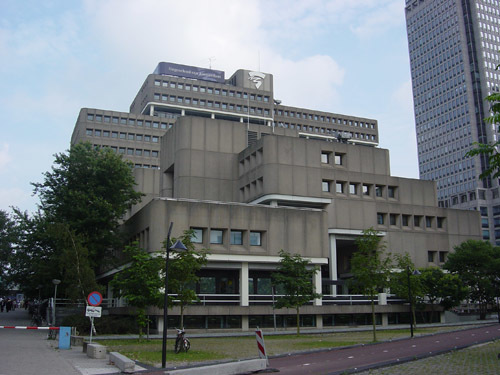
Zanstra and his firm designed a number of large-scale office and public buildings in the Netherlands in the 1960s and 70s. The block was built from 1971 to 1977, has accommodated banks and offices in the past and is currently in use as the Faculty of Te…
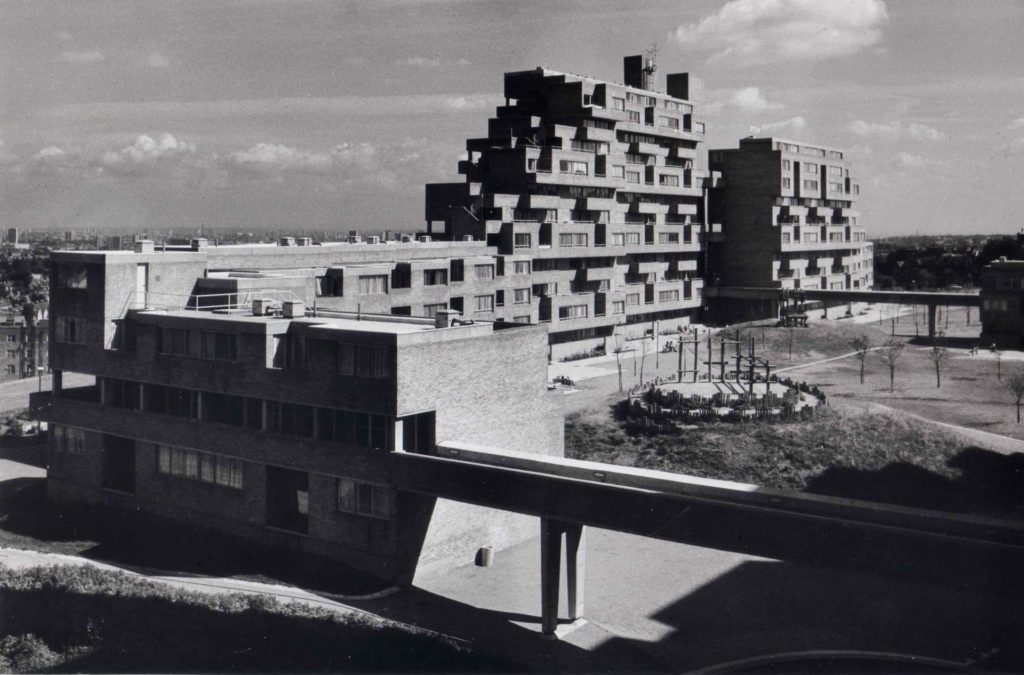
Two slab blocks follow the topology of the hilly site. The sculptural façades allow for balconies for all flats, while avoiding a rigid, rastered appearance. Similar to Park Hill, the different buildings were originally connected with elevated walkwa…

Town hall replacing old town hall and adjacent buildings destroyed in 1945 British air raid. A competition was held between 1959 and 1963. Construction started in 1968.
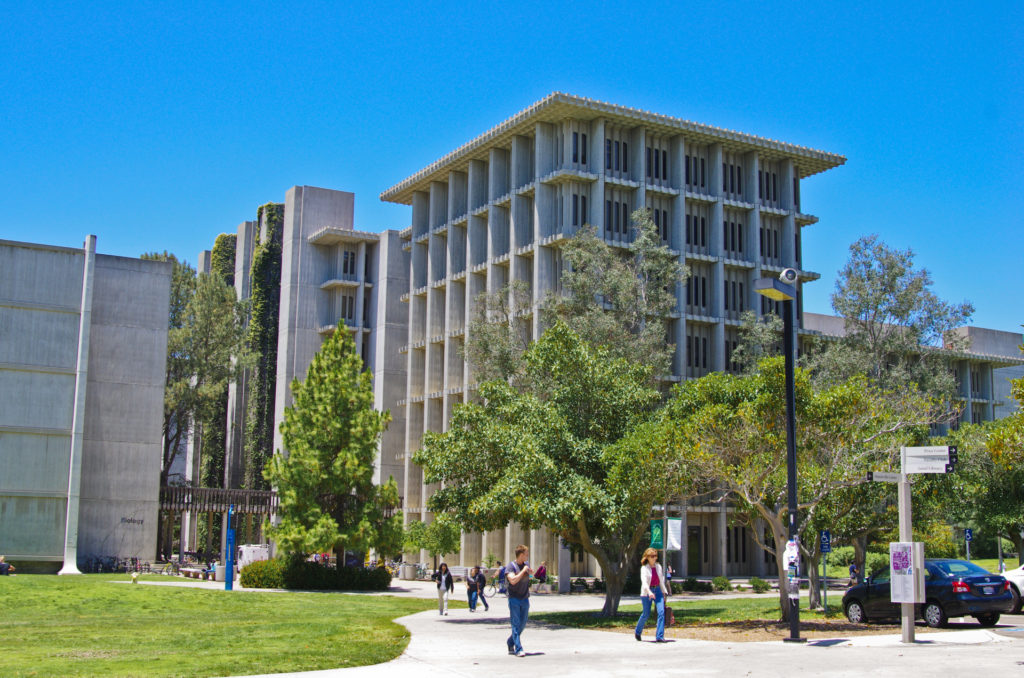
The John Muir College comprises nine Brutalist buildings. It is the second of six continuously occupied residential colleges at the University of California, San Diego. Its construction signaled the end to architect Robert Alexander’s master plan for …
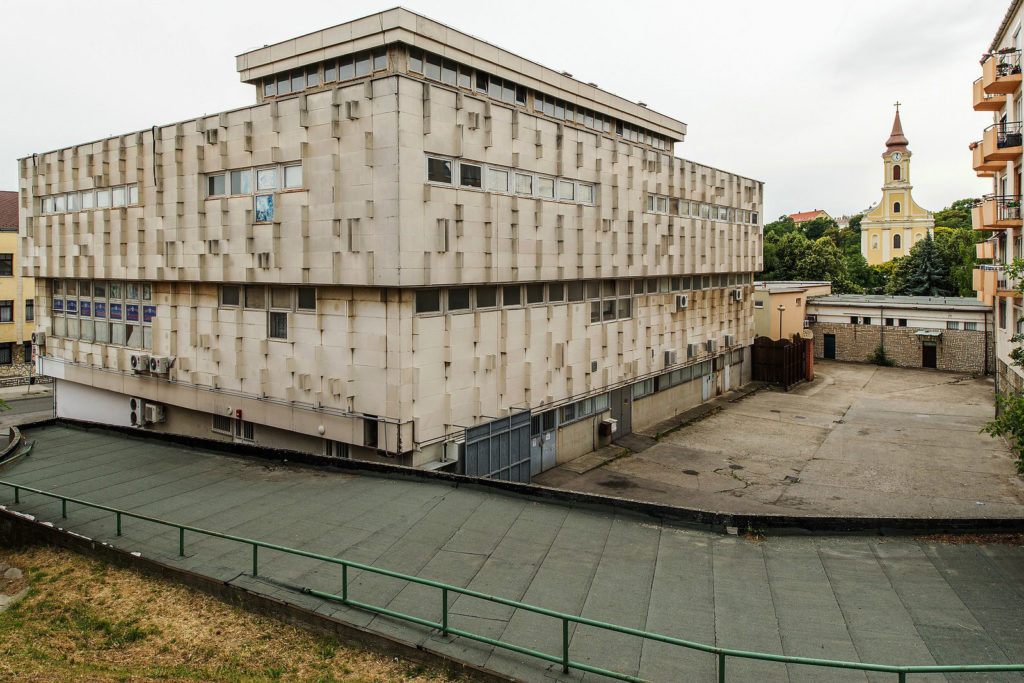
No description yet: Can you help?
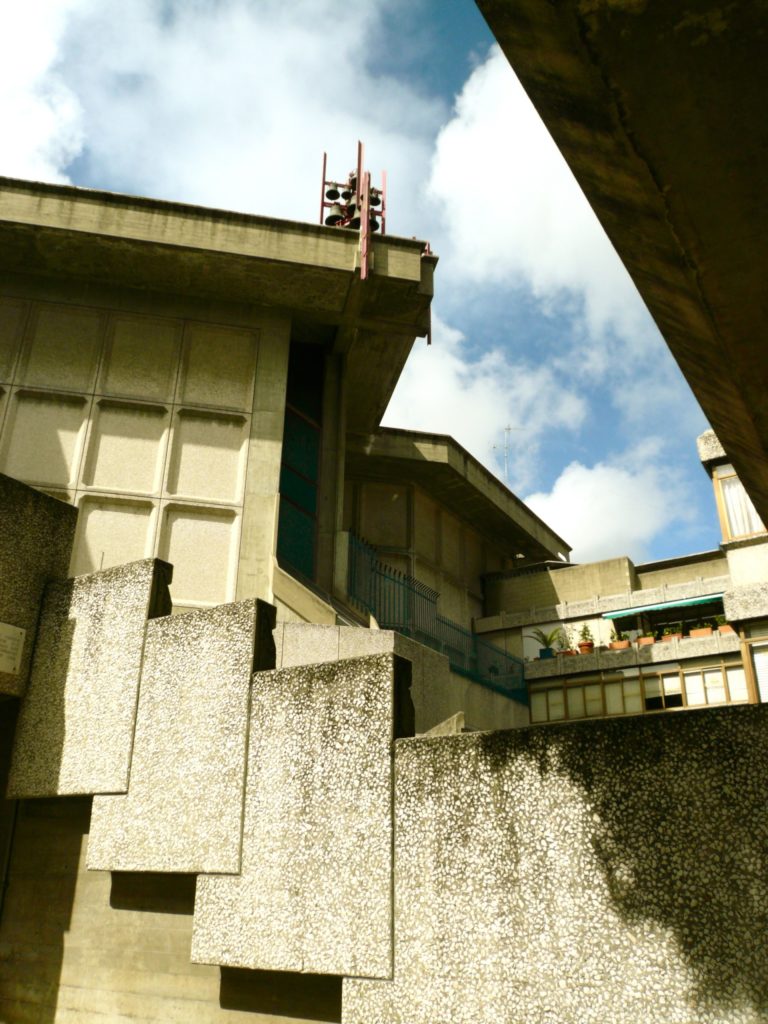
No description yet: Can you help?
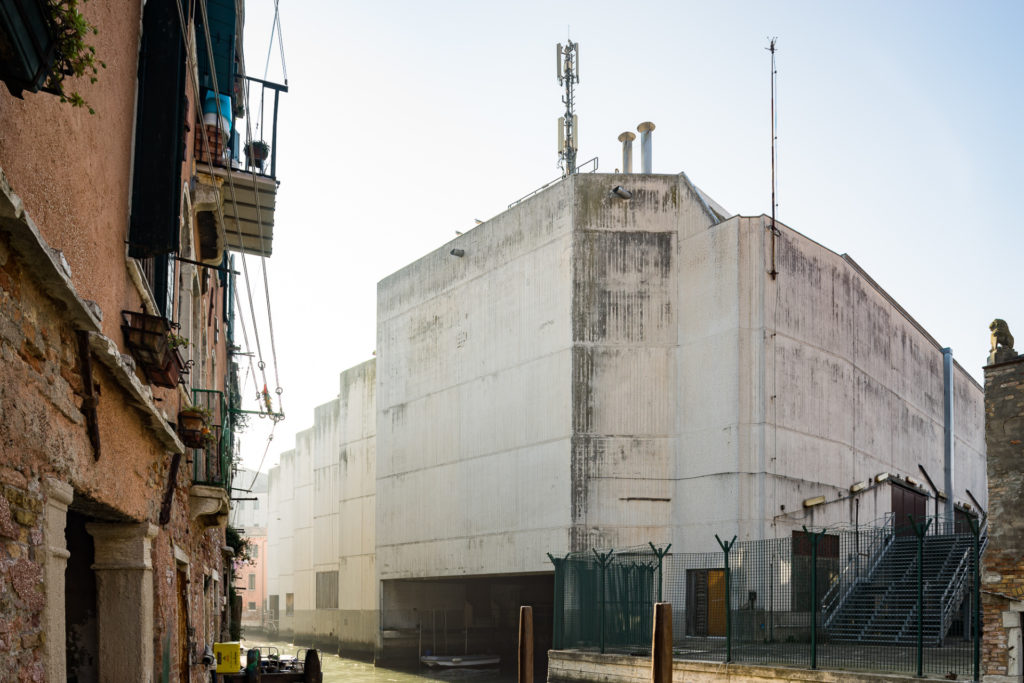
No description yet: Can you help?
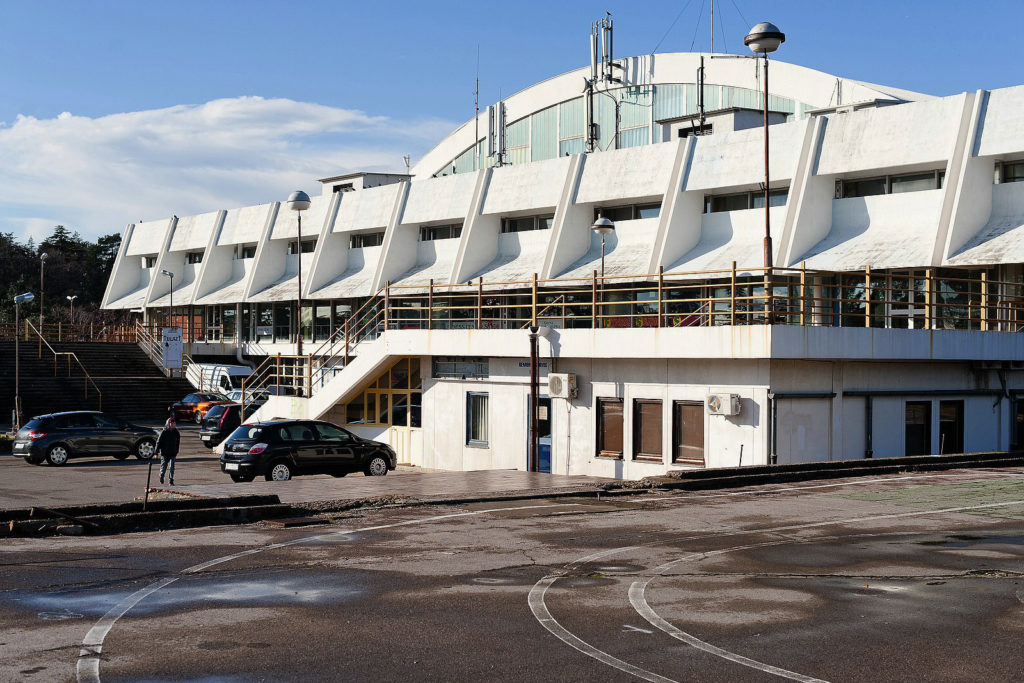
The hall was home of the basketball team KK Rijeka and is currently used for sport events, as training center and sometimes also for concerts.
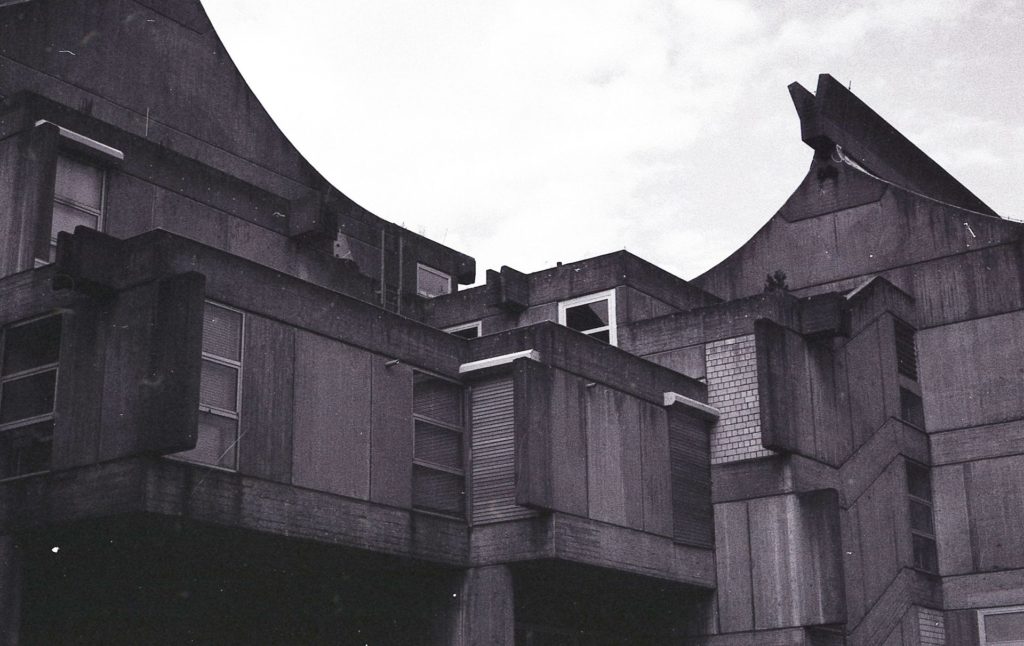
The campus was built using a newly developed system which radically systematized and standardized all involved parts. It remained the only large scale project using this “Marburger Bausystem”.
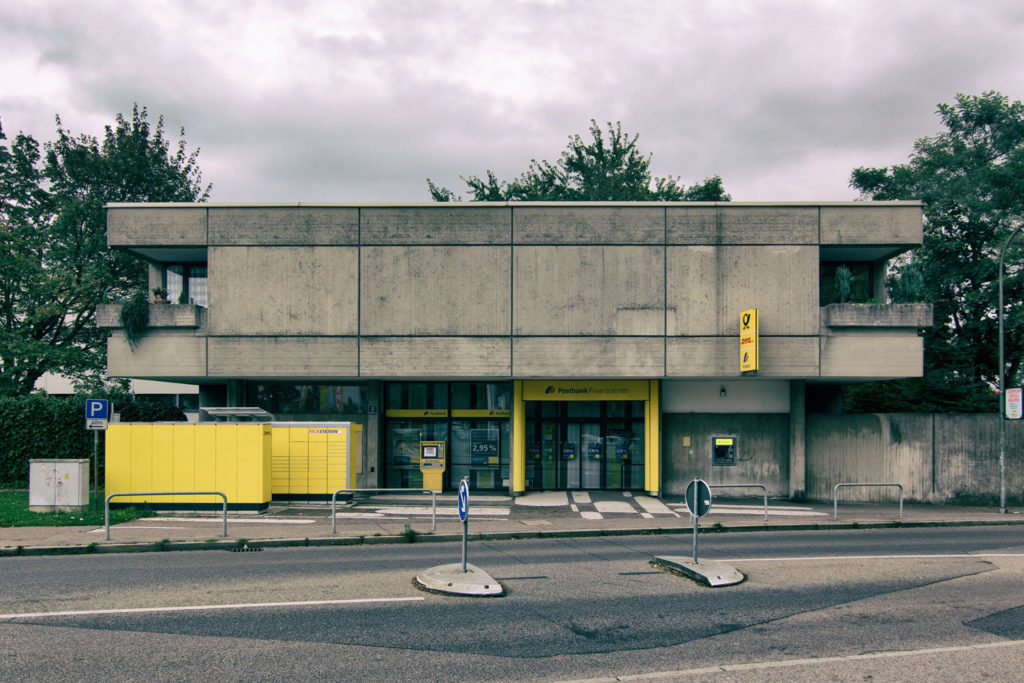
No description yet: Can you help?
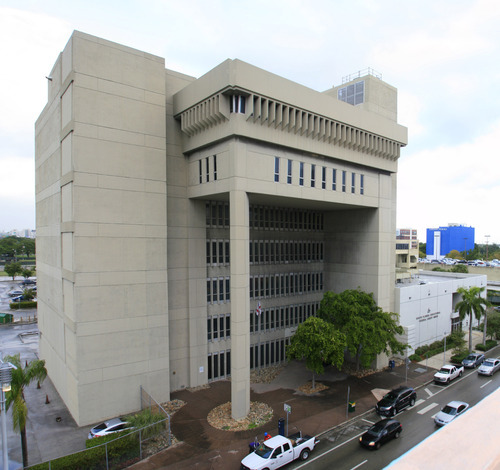
No description yet: Can you help?
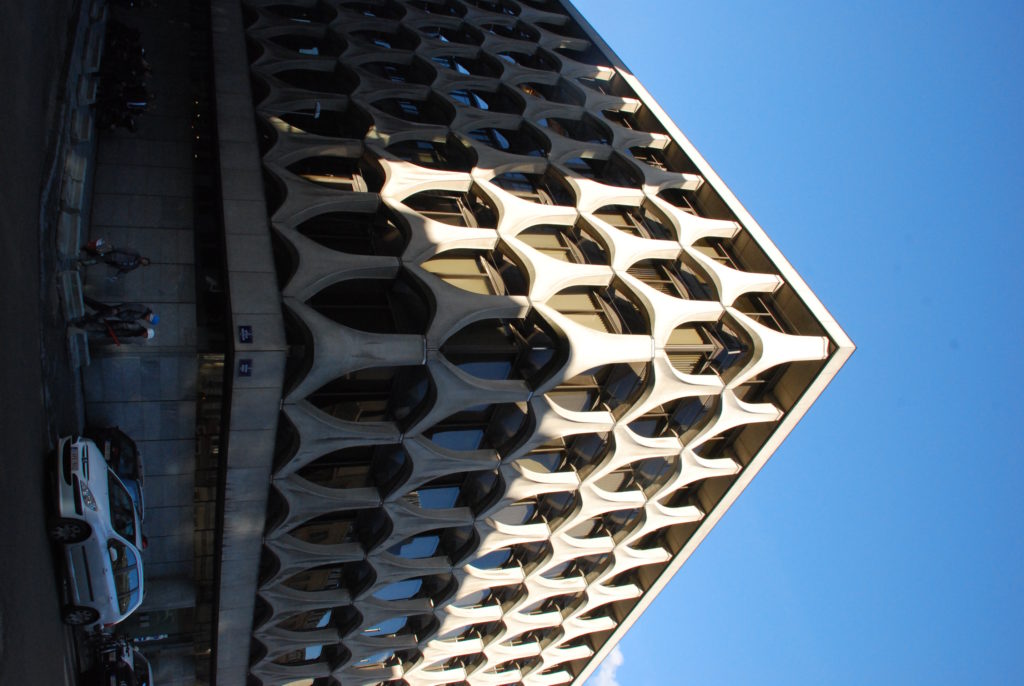
Marcel Lambrichs plays an important role in the post-war modernism period of Brussels and of Leopoldville (Congo). In Brussels he designed, together with Ricquier, Groupe Alpha, H. Van Kuyck and R. Schuiten, the Brussels administrative complex and the f…

No description yet: Can you help?
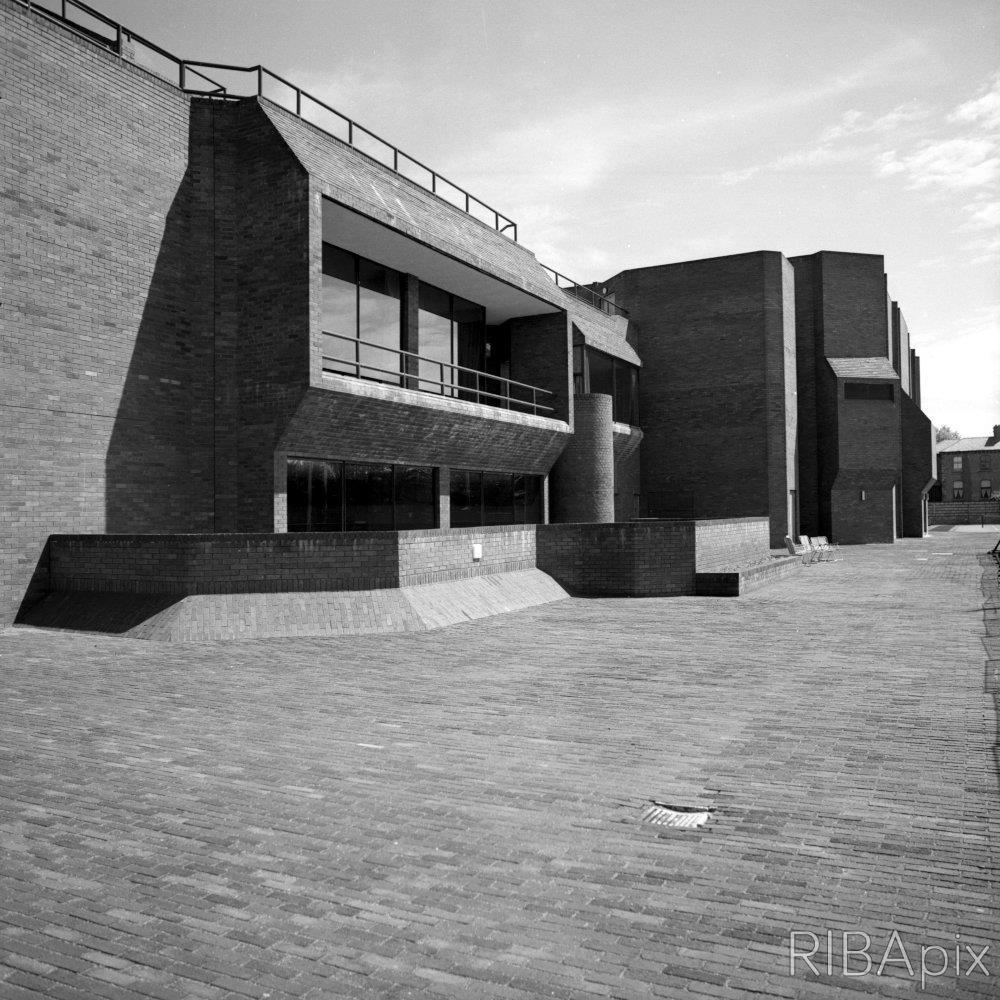
No description yet: Can you help?
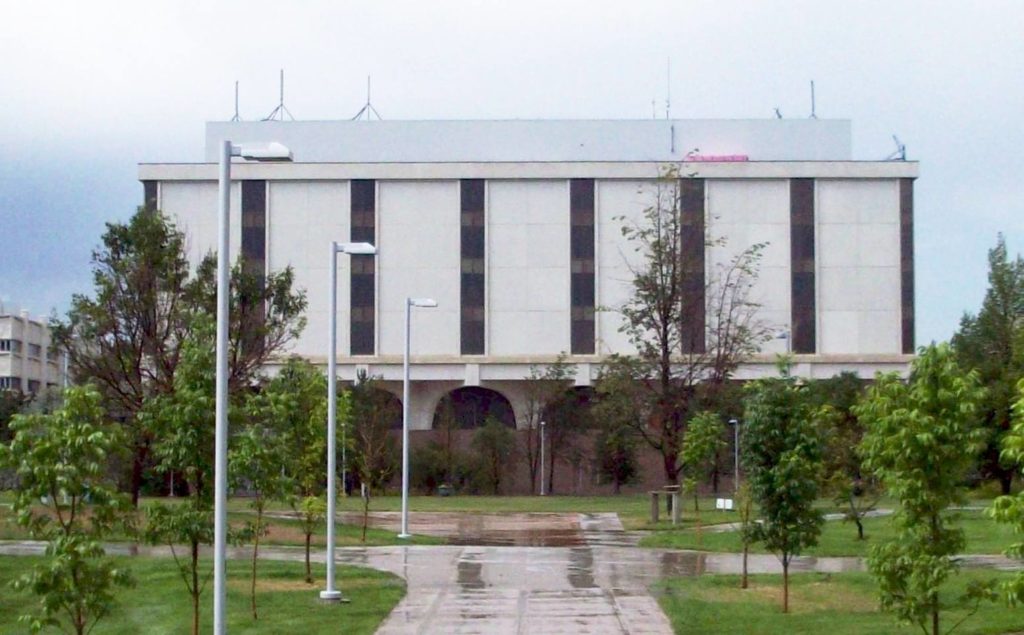
No description yet: Can you help?
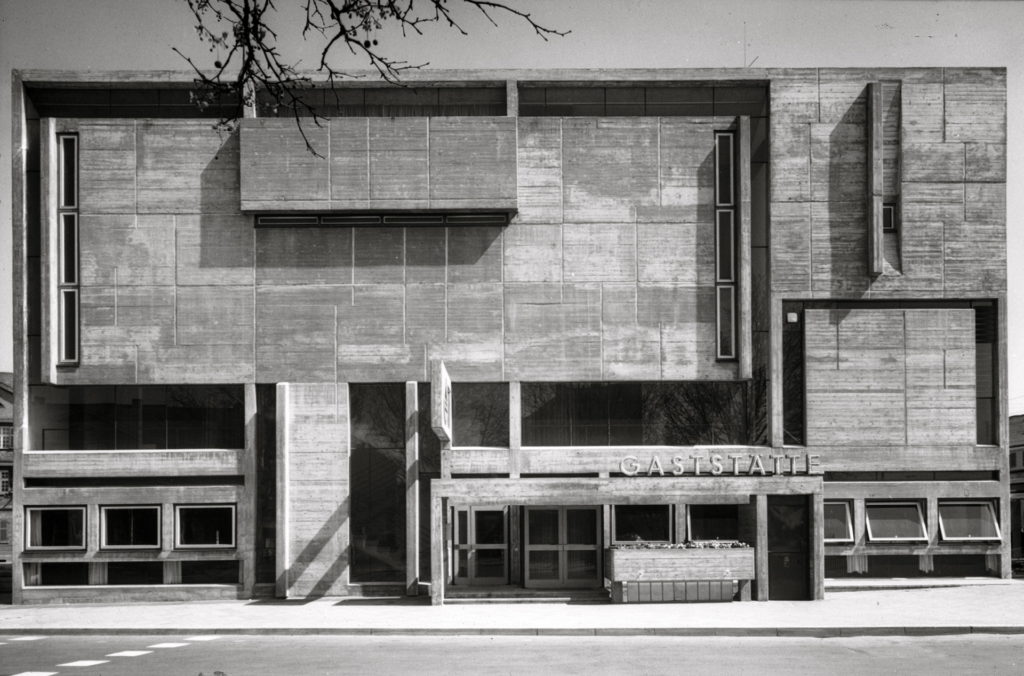
The architectural concept of this community center was to unify construction, topography and art. It is located between the local train station and a development from the 1920s. Part of this effort are steles in front of the entrance and a terraced publ…
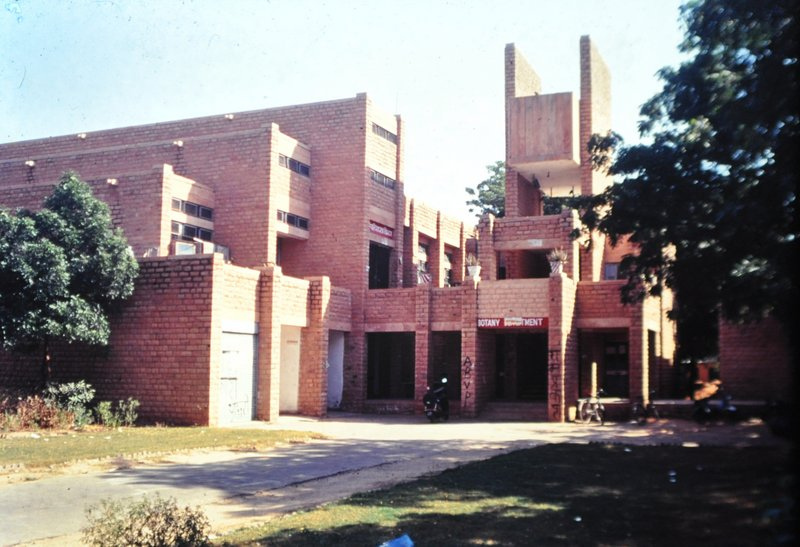
No description yet: Can you help?



















